None of us will forget the turbulent weeks after the referendum when the UK property market seemed to stand still and emotion drained the market.

Since then the retail funds have generally reopened, there have been two very significant London occupational deals, and there is liquidity in the investment market.
We advised developer HB Reavis when Wells Fargo acquired 33 Central in the City of London’s King William Street for its own occupation for £300m, and advised Battersea Power Station Development Company on its 500,000 sq ft leasing deal with Apple.
So the news since July has been better than we could have hoped for, but the most important question now is: what happens next?
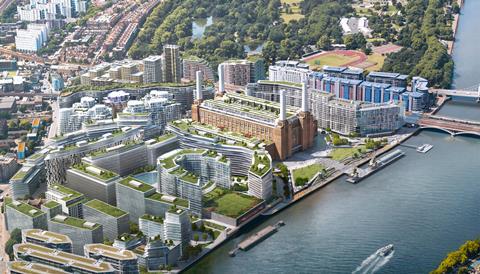
First, while in the prime market buyers and sellers are more aligned on pricing and the discounts of 3%-15% previously available on some prime assets have been all but eliminated, there is a continuing likelihood of a correction in the secondary market, with scope for falls of 5%-10% at the poorer end.
With the gap between bond and property yields at its widest since the crash in 2008/ 2009, property still makes a compelling case.
There simply isn’t anywhere else for investors to generate income returns to match property, and with interest rates continuing at an all-time low, that situation isn’t going to change soon. Yes, bond yields are ticking up at the moment, but they are still at or near historic lows.
Extraordinary global appetite
In fact, the appetite for yield and strong cash flows globally is extraordinary, as illustrated by the enormous amount of capital being raised for property and infrastructure, much of which continues to head to the UK.
Finding assets that can deliver long-term, stable income is difficult and prime UK property still fits the bill.
Next, the weakness of the pound is leading to further increases in activity from overseas buyers, with North American private equity, Middle Eastern high-net-worth individuals and Far Eastern investors leading the charge.
The US private equity investors are looking for value-add opportunities, Middle Eastern buyers like sub-£75m lot sizes with strong income and cash flows and Asian investors seek opportunities where they can take an entrepreneurial approach.
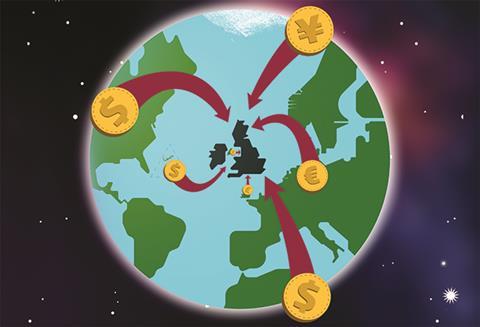
In Q3 of 2016, US investors spent £1.16bn in the UK, compared with £505m in Q2. Our exchange rate is also now exciting Japanese, Australian and other new investors.
We are also seeing revived interest from UK buyers, with local authority pension funds and tenants emerging as new investors.
What’s more, we also believe the forthcoming ratings revaluation will have a positive impact on some regional investment markets. Outside London, falling rates bills could increase scope for rental growth and increase demand for assets.
Higher than expected 2017 returns
Our research team’s view is that we will see UK all-property total returns of 1.5%-2% in 2017, slightly ahead of the latest Investment Property Forum consensus of 0.6%.
They base this on a fall in capital values in some secondary markets, a stronger performance for prime assets and income returns ensuring a positive performance overall.
Finally, international political events such as the French, German and Dutch elections next year and the continuing struggles of the euro may make our vote to leave the EU less of an outlying event.
At this time of global uncertainty there are far worse places to invest your money than UK real estate.
Peter MacColl is head of capital markets at Knight Frank























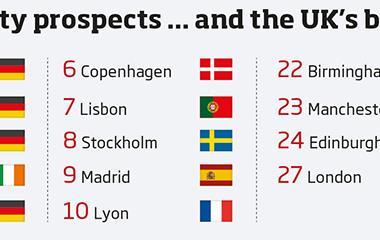

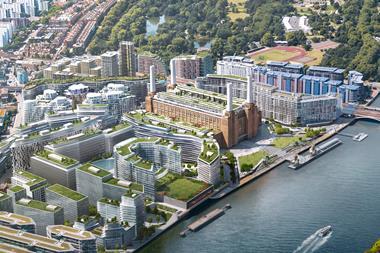
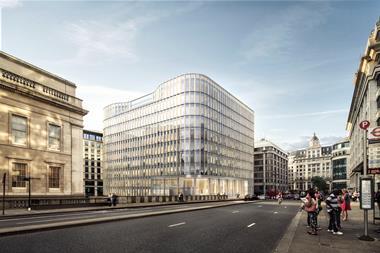


No comments yet